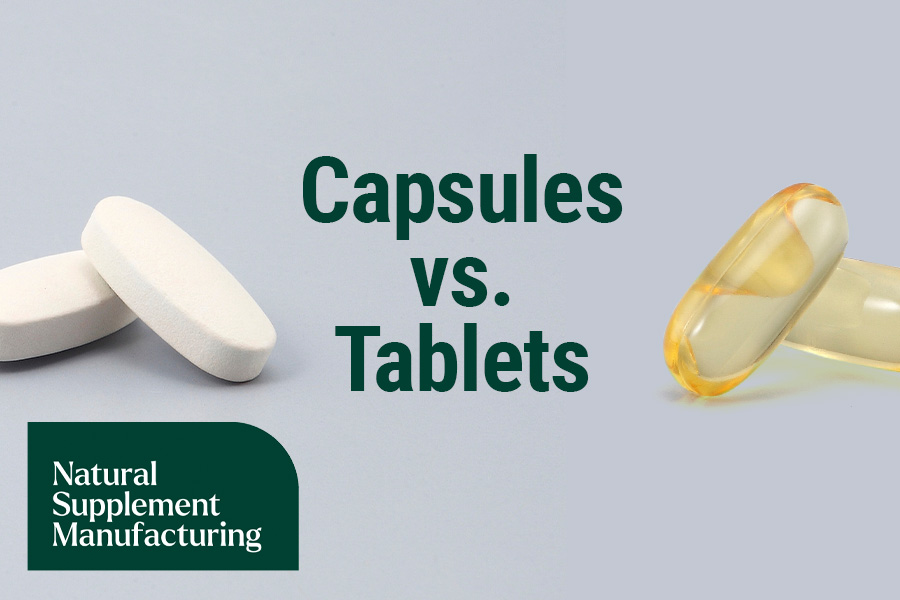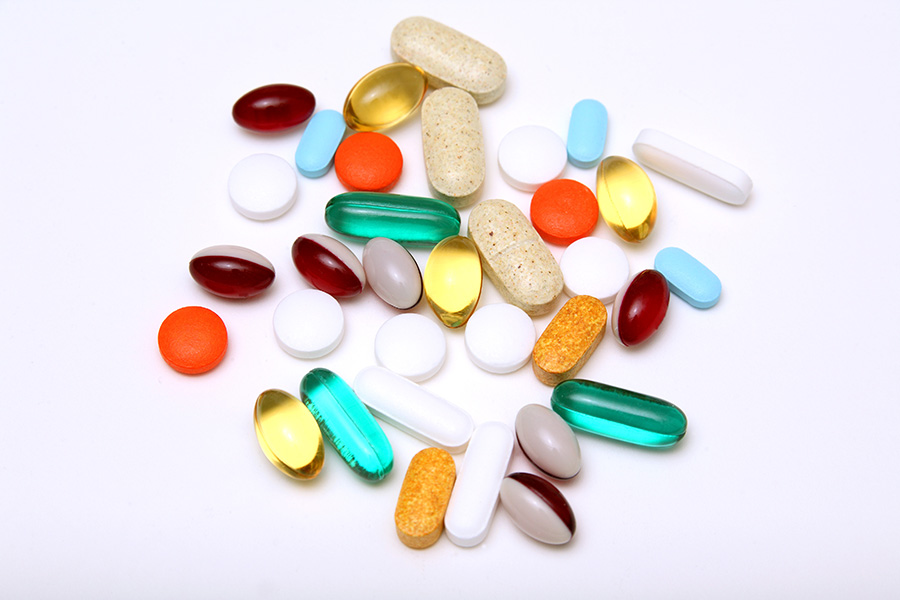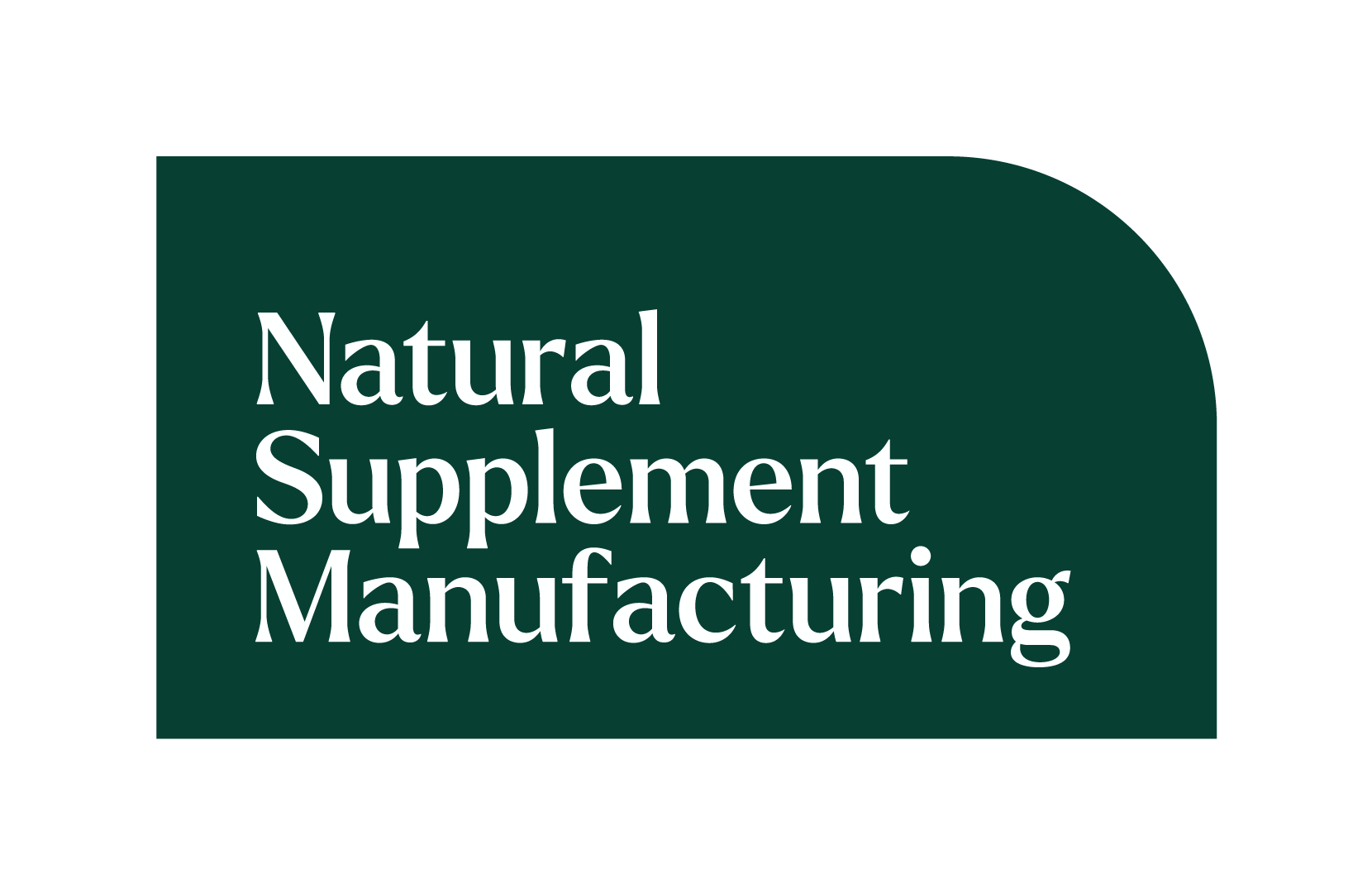Capsules vs. Tablets in Supplement Manufacturing: An In-Depth Analysis

Anyone who takes supplements knows that tablets and capsules are the most common consumption methods, due to the ease and convenience of oral administration.
While both are similar, they have key differences that set them apart. These characteristics will affect how the manufacturer decides to deliver the ingredients and will also depend on the formulation of the supplement.
In this blog post, we’ll look at both capsules and tablets more closely from a manufacturing perspective, including the pros and cons of each, consumer and environmental considerations, and more.
What are Capsules?
Capsules are dissolvable shells that are typically made from gelatin or plant-based alternatives. These shells, usually oblong in shape, contain the active ingredients in a supplement and are a convenient way to mask unwanted tastes or textures, especially for concentrated extracts.
There are two different types of capsule forms: hard and soft-shelled ones. Hard-shelled capsules are two-piece structures filled with ingredients. Usually, hard-shell capsules are used for solids, such as powdered ingredients, but manufacturers can use heat sealers for liquid forms.
Soft-shell capsules, or softgels, are one-piece caplets that are moisture-resistant and airtight. Unlike hard capsules, their seamless form is perfect for containing liquids.
While most softgels are gelatin capsules, there are also plant-based alternatives to cater to the vegan market.
Softgels are more sensitive to humidity changes, which is why they’re sometimes seen sticking to each other inside containers. For this reason, they should always be kept inside a controlled temperature environment.
What are Tablets?
Tablets are made by compressing active ingredients into powder and combining them with a binding agent that will hold everything together. That’s why most tablets have a long list of additives that give them more structural integrity or improve their dosage forms.
There are also chewable tablets that contain flavoring. These types of tablets are commonly used for younger consumers or people who have trouble swallowing.
Depending on the type of pill, tablets may also be coated for coloring or a delayed release, causing the tablet to be absorbed in the small intestine or other parts of the gastrointestinal tract rather than the stomach.
Tablets can be round, disc-shaped, or oblong. Usually, tablets have a line in the middle, making halving or quartering the dosage easier.
Although both are good vehicles for supplements, each has its characteristics. The production process of capsules and tablets also differs significantly.
Production Process
There are three main methods of producing tablets: wet granulation, dry granulation, and direct compression. The wet granulation process uses heated water and binder agents to form granules.
Dry granulation uses force to densify the blend as it passes through a series of roller compactors. Direct compression is the least complex way to produce tablets, as the active ingredients are compressed without further steps.
On the other hand, capsules don’t need binding agents or other non-active ingredients. They’re much simpler to create as the ingredients are simply filled into the capsules. Typically, there is only one machine to fill and seal the capsules, and it’s ready to be used.
Materials
In terms of materials, tablets are often produced with additional components aside from the active ingredients. These are its binding agents or flavor enhancers.
On the other hand, the additional materials aside from active ingredients in capsules are the outer shell itself. The outer shells are usually made with animal-based gelatin or plant-based. If possible, try going with plant-based alternatives as more consumers are avoiding animal products, and the number of vegetarians and vegans continues to grow rapidly.
At Natural Supplement Manufacturing, we pride ourselves on offering vegan softgels! Instead of gelatin, we use plant-based alternatives like tapioca starch and vegetable glycerin. They are 100% vegan.
Cost
Tablets tend to be less expensive than capsules. It all depends on the active ingredients, but the outer shell of capsules is more costly to manufacture, especially for liquid ingredients.

Consumer Preferences
When it comes to manufacturing dietary supplements, the most important factor is consumer preferences and what the target market needs. Here are some factors to consider.
Ease of Swallowing
The first factor is how easy it is to consume the supplement. As mentioned, capsules have neutral-tasting outer shells, which can mask unwanted flavor and are much easier to swallow. The capsule size also plays a part, so try to keep the size manageable.
Manufacturers sometimes need to add flavoring or coating to make tablets more appetizing. Nevertheless, the taste of tablets can linger on the consumer’s palate, which isn’t the best idea for ingredients with an unpleasant taste.
Absorption Rate and Bioavailability
The next factor that needs to be considered is the supplement’s effectiveness. Capsules have better absorption rates and bioavailability, making them a more favorable type. When the outer shell dissolves, the content will be readily available to be absorbed by the body into the bloodstream.
On the other hand, tablets have several inactive ingredients that act as binding agents. This can slow down the absorption of nutrients and lead to uneven disintegration.
Shelf Life
Regarding shelf life, tablets generally last longer than capsules because they’re more stable, thanks to the additional inactive ingredients. Capsules’ outer shell can be sensitive to temperature and humidity changes, which means a shorter shelf life.
Size
Tablets are more versatile in terms of sizing. You can choose a variety of smaller and higher doses because all you need to do is compress them according to your needs.
Tablets can also be broken into half or quarters, making it convenient for consumers to determine their dosage. Capsules have a limited variety of sizing, so you’ll need to settle for what dosage is available from the manufacturers.
Environmental Considerations
Packaging and Waste
Product packaging is one of the most important factors as it maintains drug quality. Manufacturers can use four main packaging types for both capsules and tablets: blister packs, strip packs, aluminum packs, and bottles.
With blister, strip, and aluminum packs, each capsule or tablet is contained individually. They provide great protection against humidity and temperature changes but also create more waste.
With bottles, you can use one bottle for up to a hundred capsules or tablets, which means less waste. But you’ll also risk fluctuations in humidity and temperature, something capsules are vulnerable to.
Manufacturing Energy Consumption
Generally, tablet machines use less energy than capsule fillers because they only need to compress, while capsule fillers have a long production process.
On the other hand, tablets need additional steps in terms of material preparation before they are pressed. In the end, both methods have similar values in terms of efficiency and energy consumption.
Capsules vs. Tablets: Final Thoughts
Tablets are cheaper and have a longer shelf life, but they can be difficult to swallow and have lower bioavailability. Capsules are easier to swallow, have better bioavailability, and are more consistent, but they can be more expensive and have a shorter shelf life.
The decision to use capsules or tablets comes down to consumer preferences and needs, environmental considerations, and manufacturing constraints.
For supplements that can be divided or halved, tablets may be used. You can consider using capsules for liquid or solid supplements that need a fixed casing.
Come chat with us at Natural Supplement Manufacturing and let us help make your supplements with 100% vegan, plant-based soft-gel capsules!
Learn more about our softgel manufacturing services.
